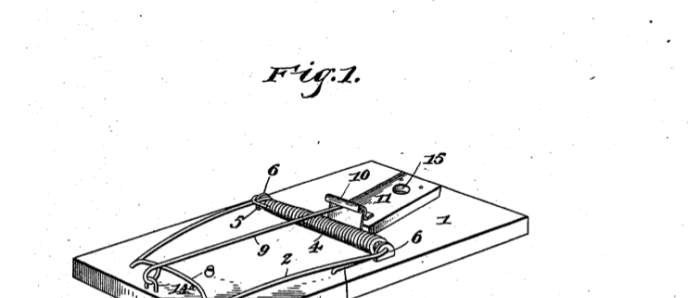Actively Managed ETFs Should you heed the call
Post on: 10 Апрель, 2015 No Comment

If you have a good idea, the thinking suggests, you keep building on it until the point of saturation. Exchange traded funds (ETFs) may not have reached the saturation point just yet but with the advent of actively traded ETFs, the tipping point may be closer than you imagine. Should you heed the call and invest in something simply because the name suggests it is the investment you need? Here are five thoughts on the state of actively managed ETFs.
What are actively managed ETFs?
Unlike the first ETFs introduced in 1989, actively managed ETFs are different in a number of ways. Those first ETFs were designed to provide the average investor the same access to the markets that institutional investors had enjoyed. They were passively invested in major indices such as the S&P 500. They were low-cost. These passive ETFs also allowed the investor to move in and out of a position with the simple trade via the stock exchange.
Are actively managed ETFs a better choice than mutual funds?
The answer to this question depends on not only who you are but your overall expectations. Those expectations are almost always singular in focus. With 80 percent of the mutual fund marketplace devoted to actively managed mutual funds, the ability to shave a few expense points from the cost of ownership is a huge attraction. This doesn’t mean that all actively managed ETFs will be less expensive, but those that are will certainly warrant investigation.
Are there additional considerations?
Most actively managed ETFs will have several investor issues to confront. One is liquidity. Liquidity is based on investor interest in whatever strategy the ETF employs. Lack of interest can mean unusually wide bid/ask spreads, trades conducted at a premium or discount and of course, with these issues, the threat of liquidation may be on the horizon. If that should happen, the tax efficiency promise is no longer there. One additional consideration in these funds, not present in the passively managed ETF is transparency.
What should investors look for in an actively managed ETF?
Just as you might with actively managed mutual funds, the investor should consider the fund manager’s resume. Questioning the manager’s tenure, experience and her/his own investment in the fund can help the potential investor with their decision. The actively managed ETF manager, perhaps even more so than mutual fund managers, rely on this ability to be in the right place at the right time.














